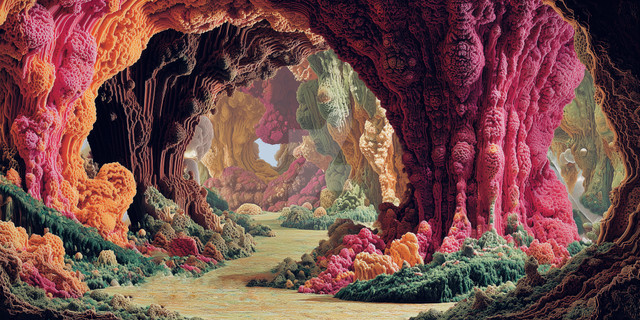HOME | DD
 Jumping-Puzzle — Map of the Known Dune Universe
Jumping-Puzzle — Map of the Known Dune Universe

#arrakis #blender #blender3d #dune #frankherbert #galaxy #map #planet #space #galaxymap #blendercycles #universemap #frankherbertdune #duneuniverse #frankherbertsdune
Published: 2020-02-19 20:12:14 +0000 UTC; Views: 16488; Favourites: 76; Downloads: 72
Redirect to original
Description
Reupload because I got the scale wrong.
This map is based on the results of Joseph M. Daniels' article " The Stars and Planets of Frank Herbert's Dune: A Gazetteer" from 1999.
For this map, I used the information from Joseph M. Daniel’s article and researched the star systems Right Ascensions, Declinations and Distances on SIMBAD and Wikipedia to make the placement on the map accurate and up to date. I then transformed the data into three-dimensional coordinates and placed and rendered them with 3D software. The map includes three planets that are from the Dune Encyclopedia and are not mentioned in Frank Herbert’s original series (Ishia, Ishkal and Logi).
Information in the original Dune series suggests that the Known Universe spans our entire galaxy and even other galaxies. The star systems of these planets however are not spread across our Milky Way but within a rather “small” area. The furthest away planet on this map is Al Dhanab with a distance of 2615 light-years from Earth. For comparison, the distance between Earth and the center of our Milky Way is about 27,000 light-years.
The map on the top left is the top view of the planets, the map below that is a side view from the right side of the top map. Because there are more planets on this map the closer we are to Earth, three zoom levels are necessary to show all planets without overlaps. The map on the right side shows the planets from a three-dimensional perspective. The colors of the dots signal the star’s spectral type. The maps were rendered in blender Eeevee.
At the bottom left I included some planet renders that I created in blender Cycles. I put a lot of thought and research into these renders to make my depiction of them as accurate as possible. The design of the planets is based on the descriptions in Frank Herbert’s books, but also on information from the Dune Encyclopedia. Because I don’t own the Dune Encyclopedia yet and searching for the few planet descriptions in Herbert’s book series would take a lot of time, I gathered this information mostly from the Dune Wiki. The lighting of the planets also represents the actual lighting the planet might have in that specific star system. If the planet is in a binary star system, then it has two light sources for example (e.g. Tleilax).
If you would like to see higher resolution images of the planet renders or would like to know more about my thought process behind their design, you can check out this album and the image descriptions.

























